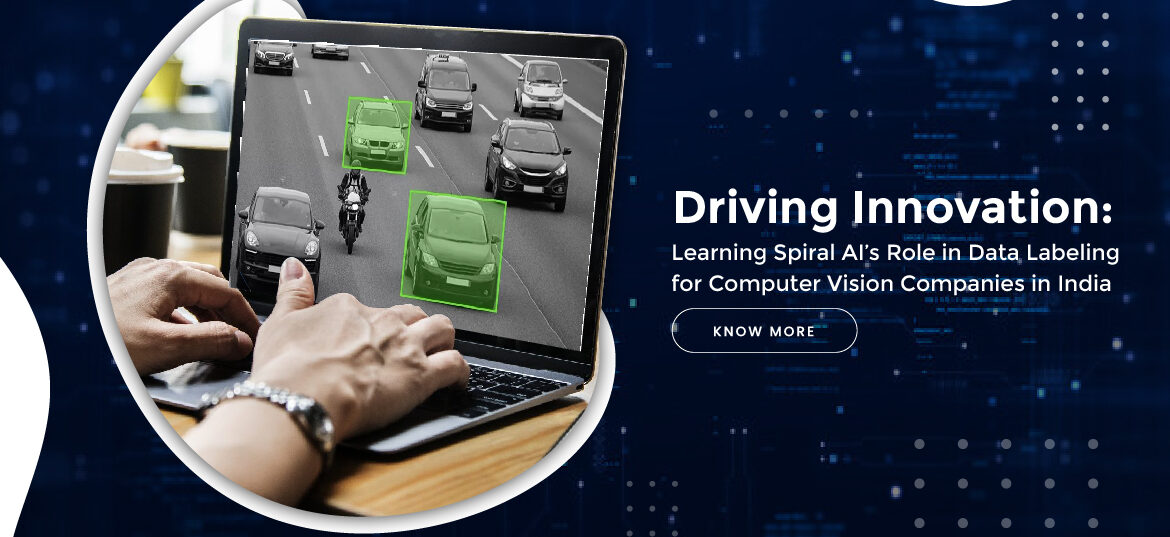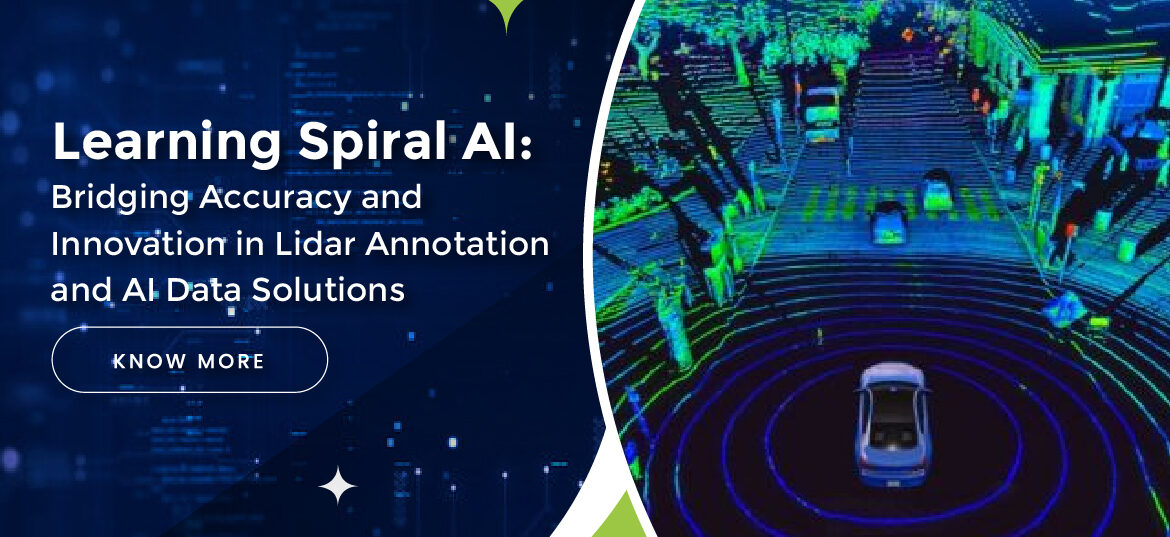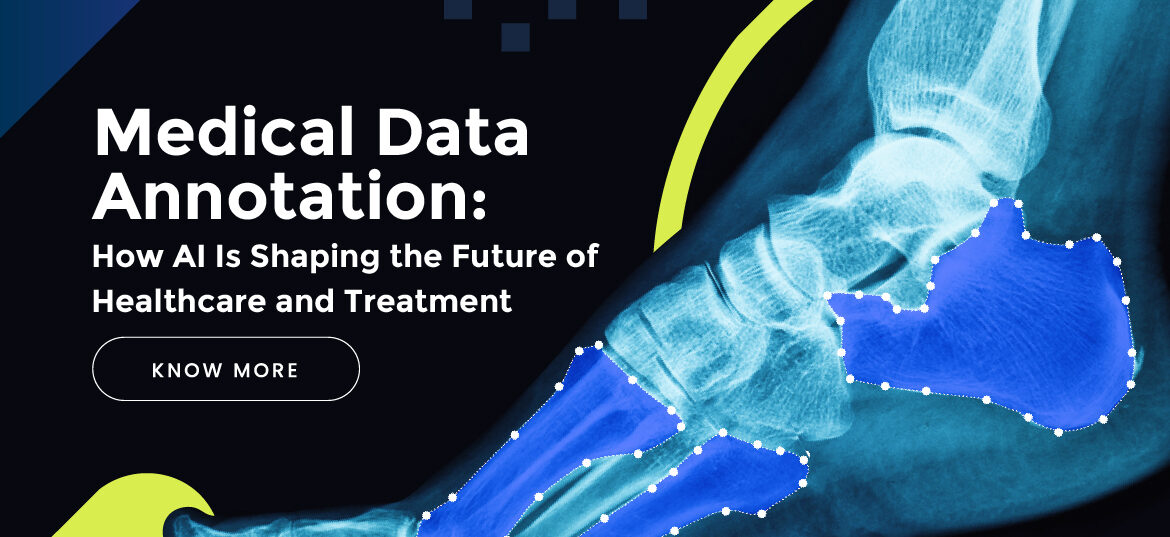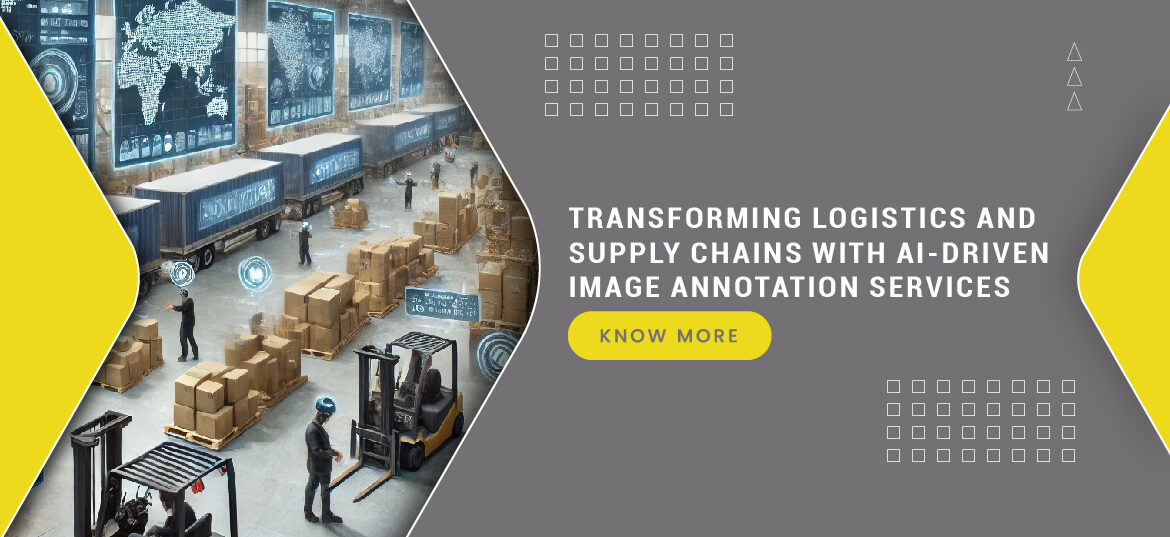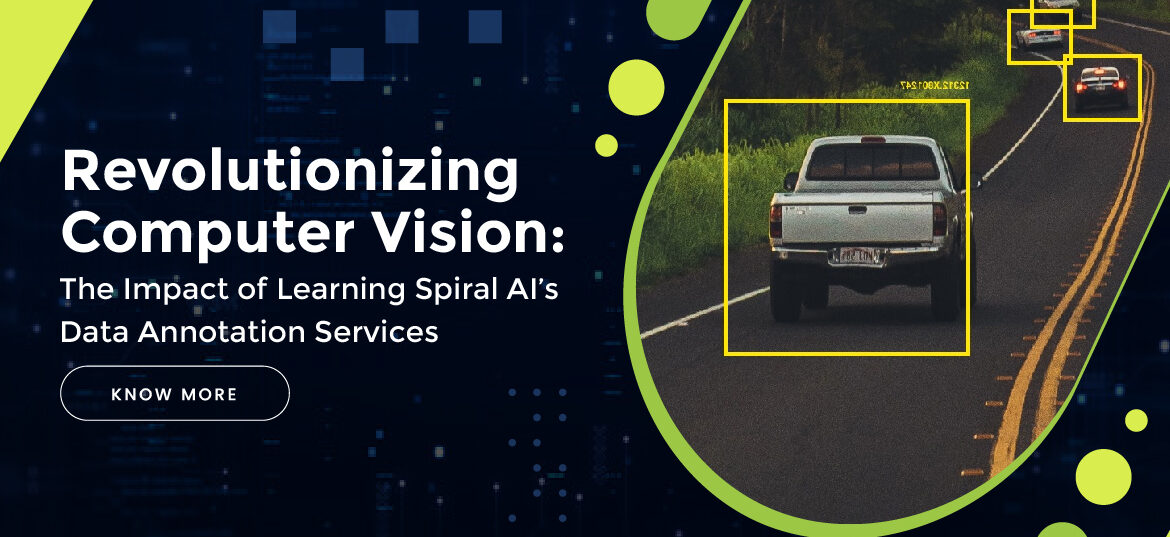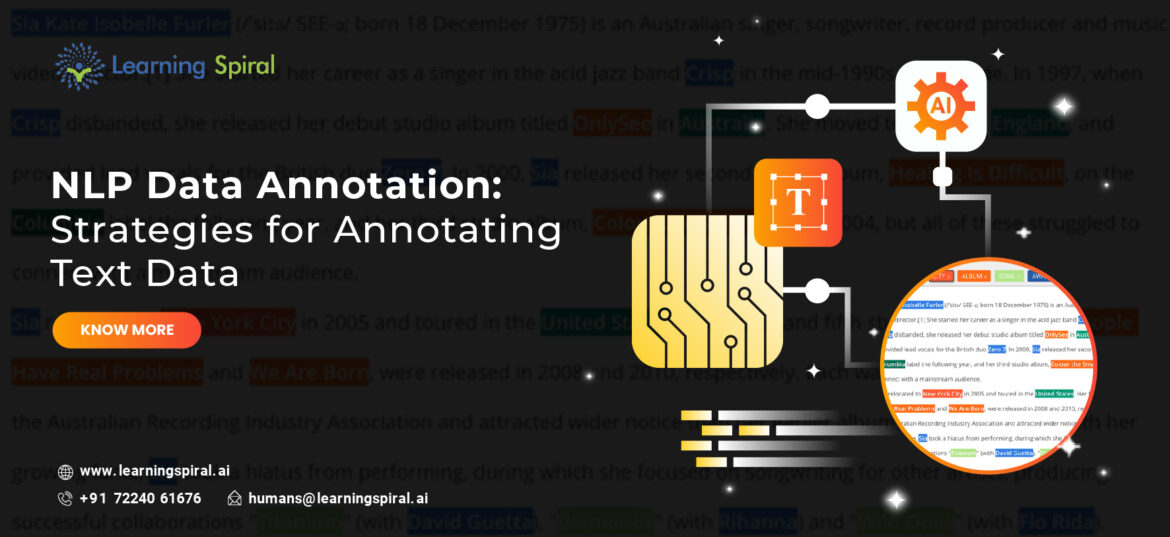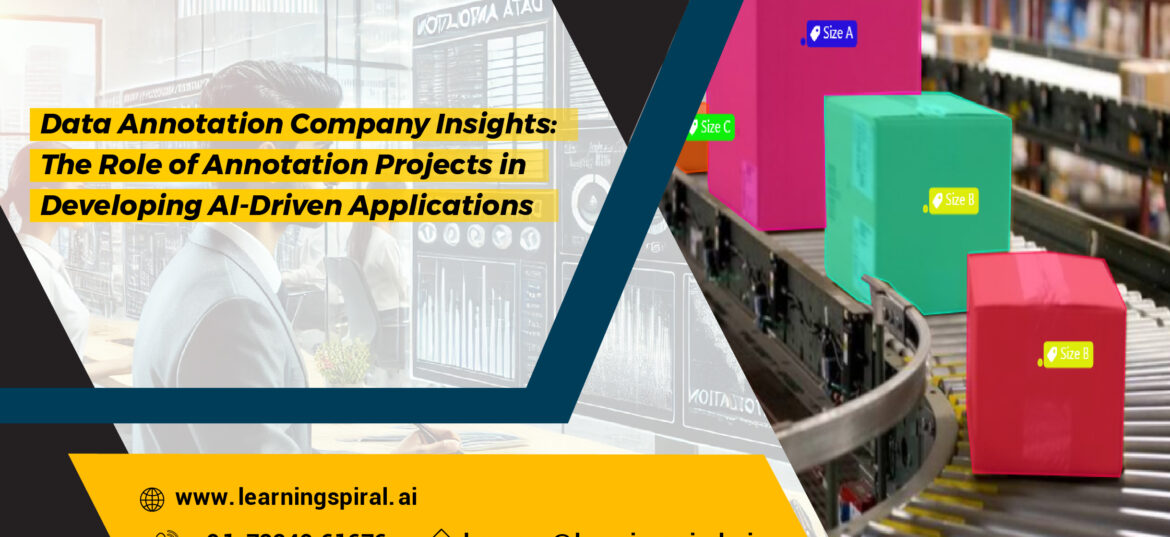As autonomous vehicles continue to evolve, the need for accurate and high-quality training data has never been more critical. Two of the most widely used data sources in autonomous driving systems are LiDAR (Light Detection and Ranging) and camera data. While both play vital roles, they offer different types of information—and understanding these differences is crucial for […]
In the rapidly evolving world of artificial intelligence, data is the backbone of innovation. For computer vision companies striving to build cutting-edge solutions, the quality and accuracy of annotated data are critical. At Learning Spiral AI, we specialize in delivering top-notch data labeling and annotation services that empower computer vision companies to achieve exceptional results. India is[…]
In today’s fast-evolving world of artificial intelligence, data serves as the foundational element driving innovation and efficiency. Among the various aspects of data preparation, Lidar annotation has emerged as a game-changer, particularly in industries like autonomous vehicles, urban planning, and precision agriculture. At the forefront of this revolution is Learning Spiral AI, a leader in data labeling[…]
In today’s rapidly evolving healthcare landscape, Artificial Intelligence (AI) is revolutionizing how medical data is analyzed and utilized. One of the key areas where AI is making a significant impact is in medical data annotation. By accurately labeling and annotating medical data, AI technologies are enabling faster diagnosis, better treatment options, and more personalized care. Medical data[…]
In the fast-paced world of logistics and supply chain management, efficiency and accuracy are paramount. Companies are increasingly relying on artificial intelligence (AI) to optimize operations and improve decision-making. One of the key technologies driving this transformation is image annotation, which plays a crucial role in enhancing AI systems used in logistics. Image annotation refers to the[…]
In the ever-evolving world of artificial intelligence, computer vision stands as a cornerstone of innovation, powering applications from autonomous vehicles to healthcare diagnostics. At the heart of these advancements lies the crucial task of data annotation—transforming raw data into meaningful insights for AI models. Learning Spiral AI, a leading name in data labeling and annotation services, is[…]
Natural Language Processing (NLP) is revolutionizing industries by enabling machines to understand and process human language. However, the effectiveness of NLP models depends on high-quality annotated text data. Data annotation for NLP plays a crucial role in training AI algorithms, ensuring accuracy in tasks like machine translation, sentiment analysis, and chatbots. This article explores key NLP data[…]
The rapid evolution of Artificial Intelligence (AI) in India has sparked significant advancements in sectors like healthcare, autonomous vehicles, agriculture, and logistics. A core driving force behind AI’s success is computer vision, a branch of AI that enables machines to interpret and understand visual information. For computer vision systems to function accurately and efficiently, data annotation plays[…]
In the fast-evolving healthcare industry, the integration of artificial intelligence (AI) is becoming increasingly essential for improving patient outcomes, streamlining operations, and enhancing diagnostic accuracy. One of the most crucial components of AI-driven healthcare applications is high-quality medical data annotation. Accurate data labeling and annotation enable AI systems to understand and interpret medical data, such as medical[…]
Data annotation is a critical step in developing AI-driven applications, and understanding the role of annotation projects is essential for businesses looking to leverage artificial intelligence. At Learning Spiral AI, we provide comprehensive data annotation services that empower organizations to harness the full potential of AI. Annotation projects involve the meticulous labeling of various data types, including[…]


